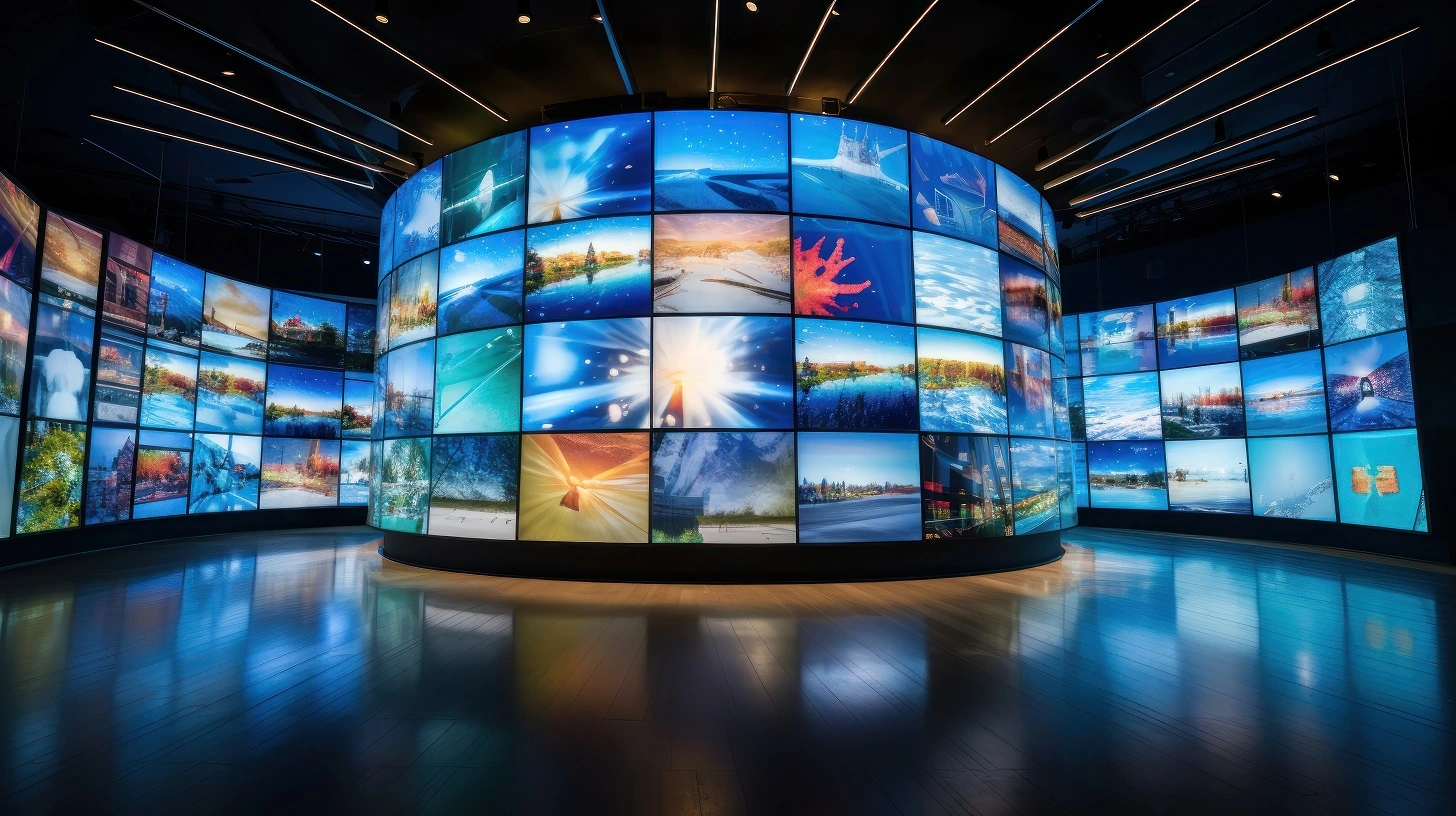Investigating the Efficacy of Various Light Emitting Diode Display Calibration Methods for Optimal Visual Output
Wiki Article
Light Emitting Diode walls have become progressively favored in multiple environments, such as theater venues, musical events, and corporate events. These large displays provide vibrant hues and crisp images, making them ideal for graphic presentations. However, to achieve the best display quality, appropriate tuning of Light Emitting Diode screens is essential. Calibration refers to the process of adjusting the display settings to guarantee that hues, luminosity, and contrast are accurate and uniform. Different tuning techniques can significantly impact the overall quality of the visual experience, making it vital to investigate the efficacy of these approaches.
One frequent technique for tuning Light Emitting Diode screens is handheld tuning. This approach involves adjusting the settings by manual means, often using specific tools and software. Technicians typically analyze the display's hue precision and luminosity levels, making modifications based on their observations. Handheld tuning allows for a significant degree of customization, as technicians can adapt the settings to the particular setting and material being shown. However, this method can be time-consuming and requires a skilled technician to attain optimal outcomes. In spite of its difficulties, manual calibration can lead to remarkable visual quality when done properly.
Another popular calibration technique is the application of automated tuning. This approach uses software and devices to measure the display's performance and make adjustments automatically. Automated calibration can save time and reduce the potential for human error, as the software can rapidly evaluate the screen and implement the necessary modifications. This method is particularly beneficial in environments where the LED wall is often used for various types of content, as it can adjust to different illumination environments and material requirements. While automatic calibration may not offer the identical level of personalization as manual calibration, it can still provide excellent results for many uses.

A third method worth noting is the application of hue calibration tools. These tools, such as colorimeters and spectral analyzers, measure the color output of the LED wall and help ensure that the colors displayed are accurate. By employing these devices, technicians can identify any discrepancies in color representation and make the required modifications. This method is especially important for applications where color precision is essential, such as in discover this info here visual design or video production. Hue tuning instruments can improve the overall visual quality of Light Emitting Diode walls, ensuring that the audience sees the desired hues and elements.
In conclusion, the effectiveness of different Light Emitting Diode screen calibration techniques plays a vital role in achieving best visual performance. Handheld tuning offers personalization but can be time-consuming, while automated tuning provides speed and consistency. Additionally, color calibration instruments help confirm accurate color representation, which is essential for many uses. By understanding and utilizing these calibration techniques, technicians can enhance the display encounter for audiences, making LED screens an even powerful tool for interaction and entertainment. As technology continues to progress, ongoing study and evolution in tuning techniques will likely lead to even improved visual performance in the time ahead.